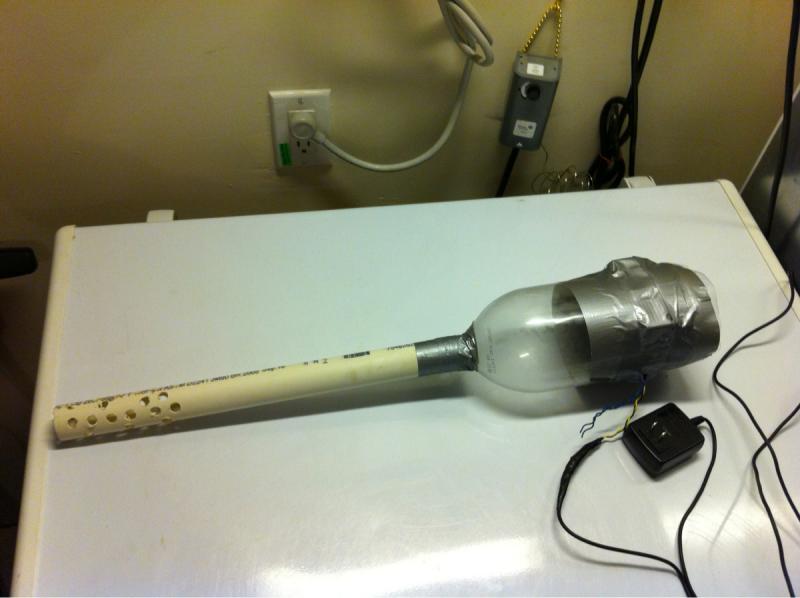If you don't want to do any wiring, or don't know how, and don't want to deal with matching power supplies, I came up with this solution.
Dual USB powered computer/auxiliary fans (lots of other options with USB connections):
http://www.amazon.com/gp/product/B002NVC1DS/?tag=skimlinks_replacement-20
Could probably get these cheaper at local Radio Shack, but if you're going there, have them wire up an old fan.
Plug the USB end into an iPhone power plug adaptor, or any USB power adaptor, which is already stepping down to reasonable power for these fans.
I ran my USB extension cord thru the CO2 tubing hole in my kegerator and insulated around it with a rubber stopper with but you could just pack insulation around the cord.
I also didn't want the fans to run constantly, but didn't want to hard-wire into the compressor. So I used a programmable plug (meant for Christmas lights, I think):
http://www.amazon.com/gp/product/B0035GAXA8/?tag=skimlinks_replacement-20
It works great! I run the fans about 1/3 of the time and the temperature is much steadier. I just put one of the fans low in the front and have it blowing upward and to the back, and attached it with 2-sided tape (3M command hook tape). The other fan is actually rigged to get some air into the tower. Just about any air flow will help when you have a full kegerator with plate-based cooling, even tiny fans like these.
You could cut down on cost by getting cheaper components (like a cheaper programmable plug, or shopping harder for the fan). If you want more power for more fans or more airflow, use an iPad adaptor and a small USB hub. If anyone is interested, I could post a few pics.
Currently on tap (1/6 barrels): Short's Huma Lupa Licious; Atwater Dirty Blonde







